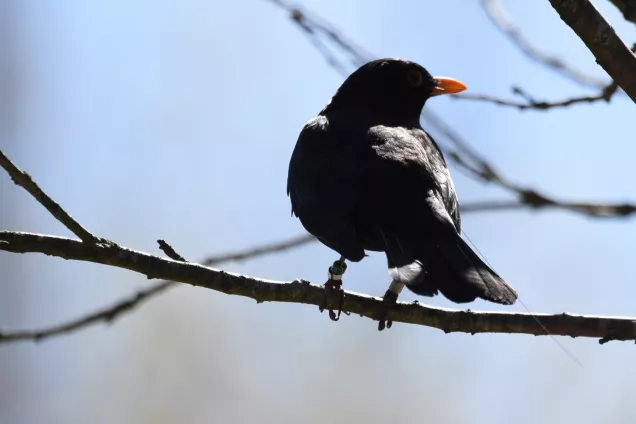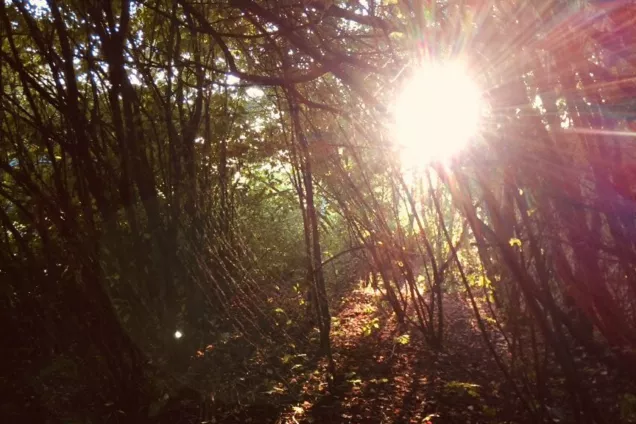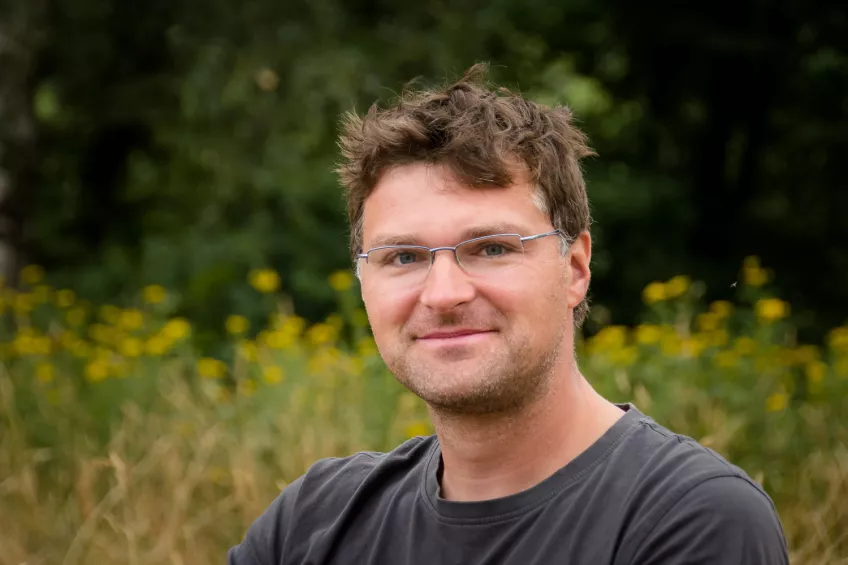About the Lund Blackbird Project
Should I stay or should I go? Immune function as a driver of partial migration
Blackbirds are partial migrants – meaning that some individuals will migrate during winter, whilst others will remain resident all year round. Our project aims to find out what drives these decisions. In particular, we are looking at whether the immune system of each bird plays a role.
Each summer our team catches, marks and collects biometric data from multiple blackbirds in Lund. This involves setting up mist nets (made from a fine mesh) that are specifically designed to safely catch birds in flight. Birds are then marked with a unique combination of colour rings and a small blood sample is taken. We also record a couple of other measurements, such as weight and wing length. The whole process is carried out at the capture site and takes just a few minutes, after which the birds are released.
Some of our birds have also been fitted with a radio transmitter that can be detected by our remote receivers. These tags are hard to see, but look like a ‘bump’ on the bird's back and have a thin antenna, longer than the bird's tail. The radio tags can tell us whether the bird is in Lund, but not their exact location… Therefore, we rely solely on re-sightings to know exactly where are birds are and what they are up to. This is where we need your help! Sightings of any of our birds in people's gardens or public spaces will be extremely useful to build a picture of their movements at a local scale and to confirm their migratory status.
Using the data collected, we hope to find out how many of our birds in Lund migrate and why. These data may also provide a unique insight into how urban birds behave and valuable information regarding blackbird physiology and health. Any reports provided by you will significantly contribute to this project and our scientific understanding of this species.
A scientific description of the project at Lund University's Research Portal
The Team
Our team is based in the Department of Biology at Lund University. If you see anyone putting up nets, holding a bird or walking around Lund with a large antenna, good chances are it will be one of us!
We are always on the lookout for more team members to help with the fieldwork season. If you are looking for fieldwork experience and/or have an interest in ornithology – please contact Arne Hegemann (Arne [dot] Hegemann [at] biol [dot] lu [dot] se).
Arne Hegemann
Arne is the project lead and began collecting data for the Lund Blackbird Project in 2019. Arne started his research career studying skylark ecophysiology (PhD, University of Groningen). Since 2014, Arne has been working at Lund University, where he has built a programme of research to investigate the link between animal physiology and ecology – particularly the interaction between the immune system and migration.
Arne Hegemann's scientific publications on Lund University's Research Portal
Other team members
Since 2019, many people have participated and helped in the project. From 2020 to 2022, Rosie Lennon worked as a postdoc in the project. The project has also resulted in two MSc theses (Josefin Gunnarsson and Shivani Ronanki) and five BSc theses (Jekaterina Bengtsson, Linnea Rosberg, Rasmus Schierup, Julia Romson, and Maria Hyltman).
Furthermore, a large number of students and interns have participated in the project and gained valuable and appreciated training and experience with fieldwork. Too many to mention them all, but we would like to mention a few that were of particular help (apart from those students mentioned above): Unai Ormazabal, Malin Klumpp, Lisa Vergin, Lucie Bonnet, Lydwin Wagenaar, Anna George, and Louise Schmitt.
We are also thankful to the many members of the public who have contributed resightings over the years or let us enter their property to observe and catch blackbirds.

Colour-ringed bird with radio tag.

A birds-eye view, just before the net.


